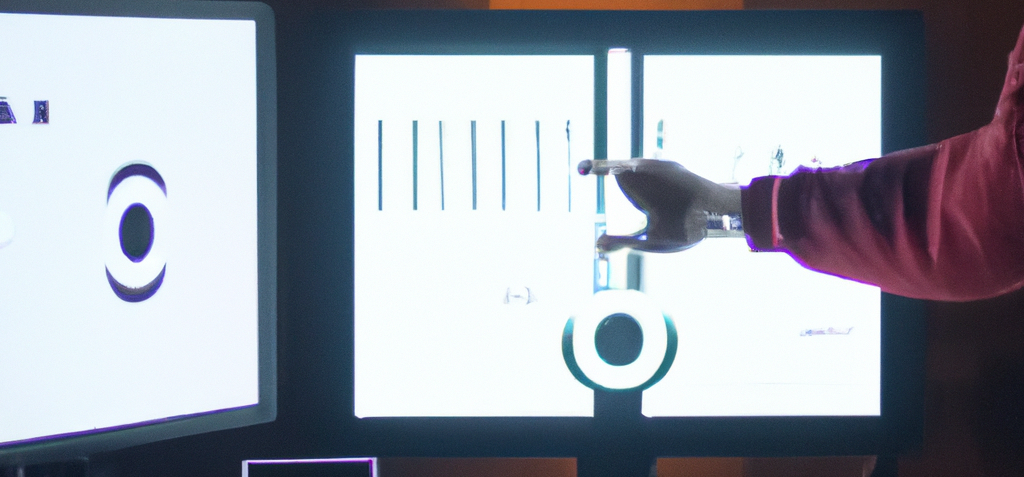Estimated reading time: 5 minutes
If you’re running paid advertisements, you want to make sure you’re getting the most bang for your buck. A/B testing can help you do just that. By testing different versions of your ads, you can identify what works best and optimize your campaigns for maximum ROI. In this article, we’ll take a closer look at A/B testing for paid advertisements and how it can benefit your business.
What is A/B Testing?
A/B testing, also known as split testing, is a process of comparing two versions of a marketing element, such as an ad or a landing page, to determine which one performs better. In the context of paid advertisements, A/B testing involves creating two versions of an ad and showing them to different groups of people. By measuring the performance of each ad, you can determine which version is more effective and make changes accordingly.
Why A/B Testing is Important for Paid Advertisements
A/B testing is a powerful tool for optimizing your paid advertisements. It allows you to identify what works and what doesn’t, so you can make informed decisions about how to allocate your advertising budget. Here are a few reasons why A/B testing is important for paid advertisements:
- Improved ROI: By testing different versions of your ads, you can identify the ones that generate the highest click-through rates (CTR) and conversions. By focusing your advertising budget on the most effective ads, you can maximize your ROI and get the most out of your advertising spend.
- Better Ad Performance: A/B testing allows you to identify the specific elements of an ad that are driving conversions. By making changes to these elements, such as the headline, the call to action (CTA), or the image, you can improve the overall performance of your ads.
- Competitive Advantage: A/B testing can give you a competitive advantage by allowing you to stay ahead of the curve. By continually testing and optimizing your ads, you can ensure that your campaigns are always performing at their best.
How to A/B Test Your Paid Advertisements
Now that you know why A/B testing is important for paid advertisements, let’s take a look at how to do it. Here are the basic steps for A/B testing your paid ads:
- Define Your Goals: Before you start A/B testing, you need to define your goals. What are you trying to achieve with your ads? Are you trying to increase CTR, conversions, or both? Once you’ve defined your goals, you can create ads that are designed to achieve them.
- Create Your Ads: Create two versions of your ad that differ in one key element, such as the headline, the image, or the CTA. Make sure that the two versions are similar in every other way, so that you can isolate the impact of the variable you’re testing.
- Test Your Ads: Show each version of your ad to a different group of people, and measure the performance of each ad. You can use a variety of metrics to measure performance, such as CTR, conversions, and cost per click (CPC).
- Analyze Your Results: Once you’ve tested your ads, analyze the results to determine which version performed better. If one version significantly outperformed the other, use that version as your new ad and continue testing new variables.
- Repeat the Process: A/B testing is an ongoing process. Even if you’ve identified an effective ad, there’s always room for improvement. Keep testing new variables and optimizing your ads to get the best possible results.
Design Thinking and A/B Testing
Design thinking is a human-centered approach to problem-solving that emphasizes understanding the needs of users and creating solutions that address those needs. A/B testing can be an effective way to incorporate design thinking into your paid advertisement strategy. By testing different versions of your ad and analyzing the results, you can gain valuable insights into what resonates with your target audience.
To start with A/B testing, first identify the variable you want to test. This could be the headline, ad copy, imagery, call to action, or any other element of the ad. Create two versions of the ad, one with the variable you want to test changed, and the other as a control with the original element.
Next, determine your test metrics. What is it that you want to measure? This could be click-through rates, conversion rates, cost per click, or any other metric that is relevant to your campaign goals.
Launch both versions of the ad and allow them to run for a sufficient amount of time to gather enough data to make a meaningful comparison. This will depend on the size of your audience and the frequency of ad impressions.
Once you have collected enough data, analyze the results and determine which version of the ad performed better. If the difference is statistically significant, you can declare a winner and use that version of the ad moving forward. If the results are inconclusive, you may need to run the test again with additional changes or variables.
It is important to remember that A/B testing is an iterative process. You can continue to refine and optimize your ads over time by testing different variables and analyzing the results. This can lead to significant improvements in your ad performance and ultimately help you achieve your campaign goals.
Conclusion
In conclusion, A/B testing is a valuable tool for optimizing your paid advertisement strategy. By incorporating design thinking principles into your testing process, you can ensure that your ads are user-centered and effective at engaging your target audience. With a thoughtful approach and a commitment to ongoing testing and optimization, you can achieve great results with your paid advertising campaigns.

